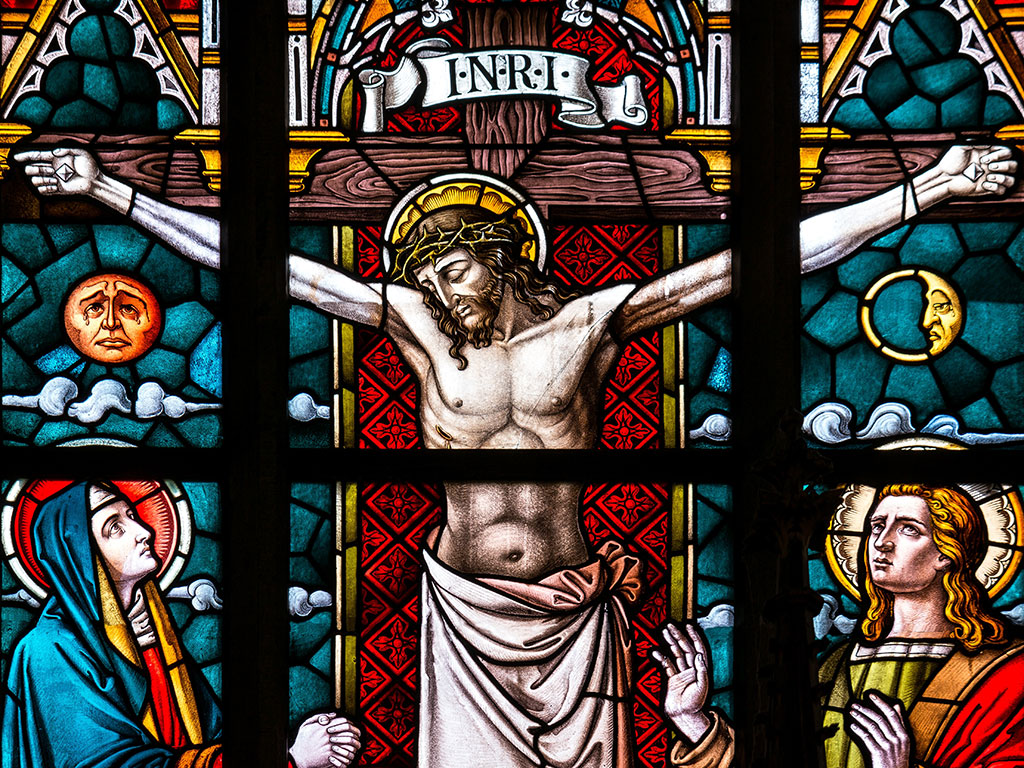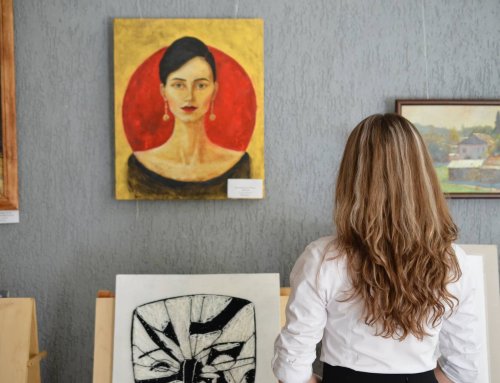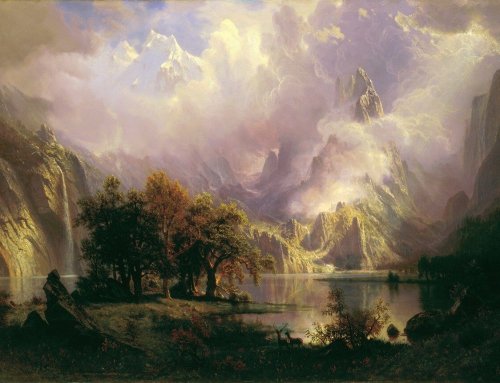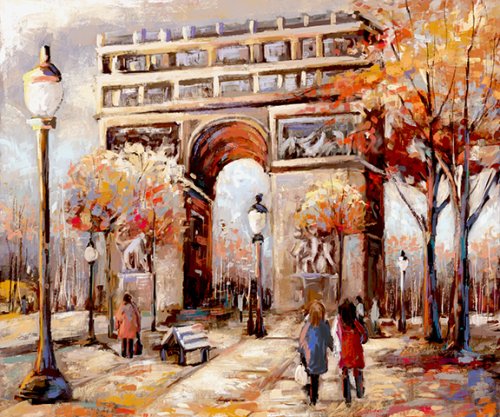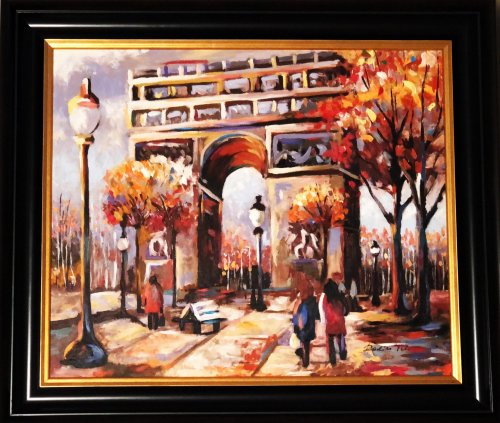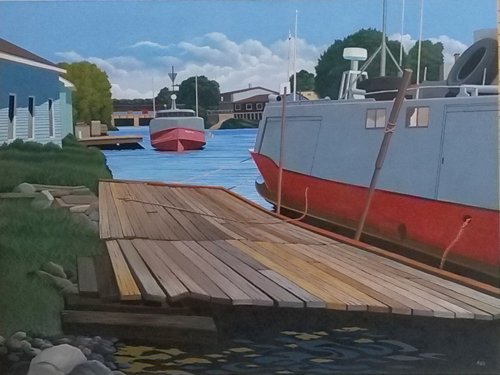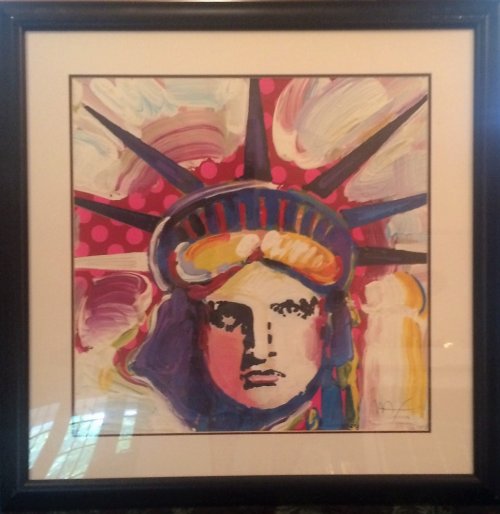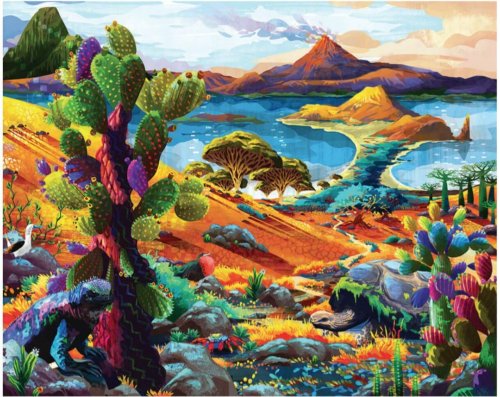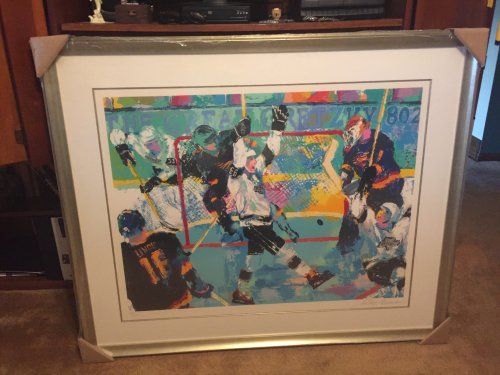For over two millennia, Christianity has been an influential force in the realm of art. Through the ages, art has served as a medium to express and communicate Christian themes, inspire faith, and convey religious messages to believers and non-believers alike.
The impact of Christianity on the world of art has been immense, and this blog will look to explore the various forms that Christian art has taken, from the earliest days of the church to the present. By examining the evolution of Christian art, we can gain a deeper understanding of how it has shaped the artistic world and how it continues to impact us today.
Early Christian Art
Early Christian art is typically dated from the 2nd to the 5th century CE, a time when Christianity was still a new and persecuted religion and the Roman Empire controlled much of the European continent.
In this context, the use of art served several purposes, including strengthening the faith of believers and converting non-believers. The use of classical forms in early christian paintings and art was a way to communicate with the pagan world and to integrate Christian themes into the existing cultural context.
The Catacombs of Rome
One of the most famous examples of early Christian art is the Catacombs of Rome, an underground network of tunnels and burial chambers that were used by early Christians for worship and burial. The catacombs contain numerous examples of Christian art, including frescoes and reliefs depicting biblical scenes and Christian symbols.
The Basilica of San Vitale
Another notable example of early Christian art is the mosaics found in the Basilica of San Vitale in Ravenna, Italy. These mosaics date back to the 6th century CE and are considered some of the finest examples of early Christian art in the world. The mosaics depict scenes from the Old and New Testaments, as well as images of the Virgin Mary and other saints.
Early Christian art also had a profound influence on later forms of Christian art, particularly in the Byzantine and Medieval periods. The simplicity and focus on religious themes that characterized early Christian art continued to be important in later periods, even as new forms and styles emerged.
Medieval Christian Art
Medieval Christian art was created in a period of great religious devotion and piety. During this time, the Catholic Church played a significant role in shaping art and culture, and many artists received commissions from the church to create works of art that reflected its teachings and beliefs.
The art that was created was heavily influenced by the Roman Catholic Church. Some of the most famous examples of Medieval Christian art include the illuminated manuscripts such as the Book of Kells and the Lindisfarne Gospels. These works of art were highly ornate and featured intricate designs and detailed illustrations.
Christian Symbolism in Medieval Religious Art
The use of symbolism was also a significant feature of Medieval Christian art. For example, the symbol of the cross was a common motif in many artworks, representing the crucifixion of Jesus Christ. Similarly, the image of the Virgin Mary was often depicted holding the infant Jesus, representing her role as the Mother of God. In addition to paintings and sculptures, stained glass windows were also a popular form of church art, used to create stunning displays of color and light in churches and cathedrals.
Renaissance Art
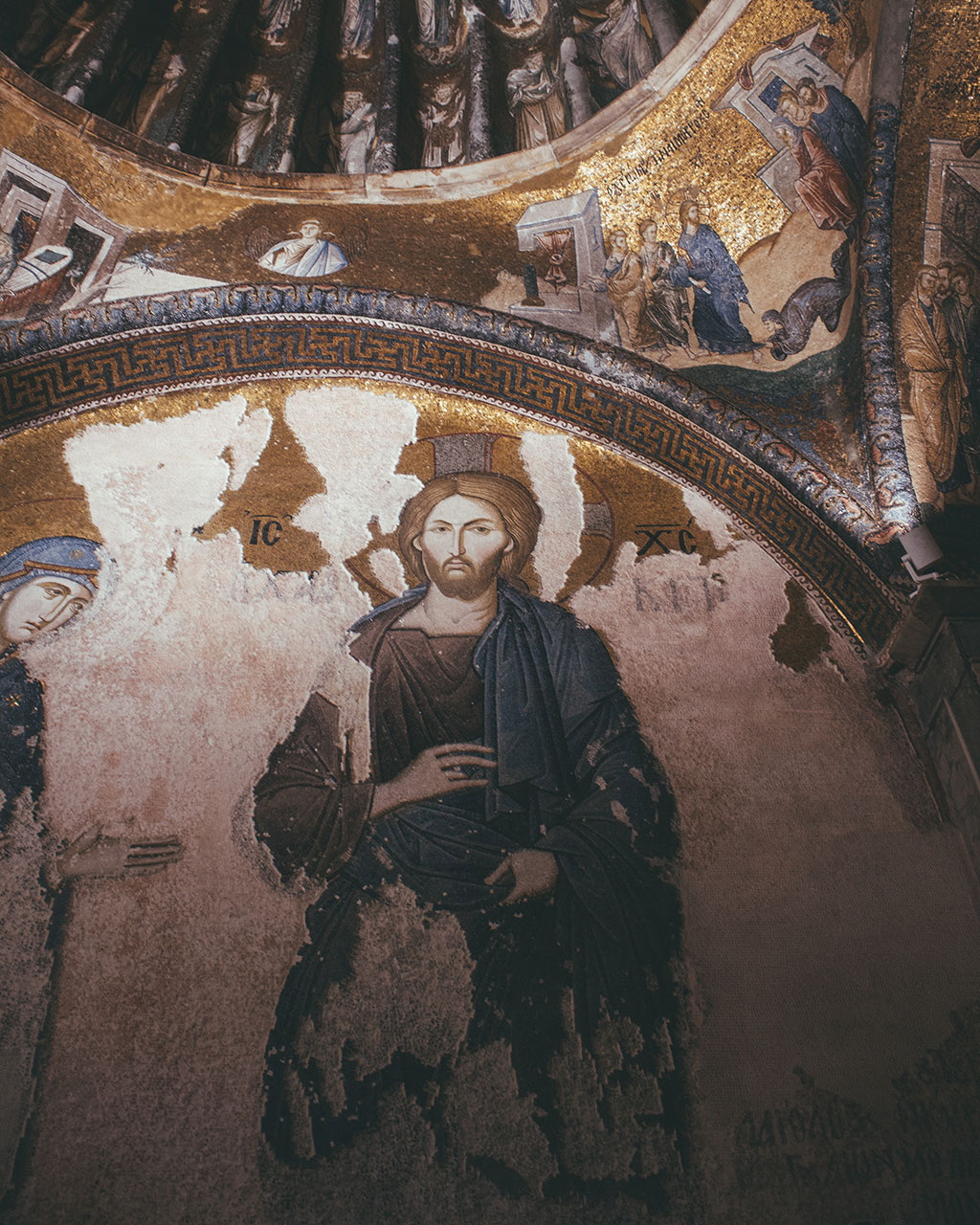
The Renaissance was a period of great artistic and cultural achievement in Europe. During this time, there was a renewed interest in classical themes and forms, which were blended with Christian themes to create a unique style of art. One of the most famous examples of Renaissance art is Michelangelo’s Sistine Chapel ceiling, which depicts scenes from the Book of Genesis.
An Evolution of Style
Renaissance art also saw the development of new techniques and styles, such as perspective and chiaroscuro. These techniques were used to create a more realistic and lifelike representation of the world. Renaissance artists also began to experiment with new media, such as oil paint, which allowed for greater detail and depth.
The Christian church played a significant role in the development of Renaissance art. Many of the greatest artists of the time, such as Leonardo da Vinci and Raphael, were commissioned by the catholic churches to create works of art that celebrated and explored Christian themes.
Baroque Art
Baroque art emerged in Italy during the 17th century and quickly spread throughout Europe, becoming the dominant artistic style of the time. Baroque artists sought to create works that were grand, theatrical, and emotionally stirring. They used techniques such as chiaroscuro, the use of light and shadow to create dramatic effects, and tenebrism, the exaggeration of light and dark for dramatic effect.
Baroque paintings often featured highly realistic and detailed figures, set against grandiose and highly decorative backgrounds. The aim of these works was to create a sense of awe and wonder in the viewer, and to elicit a powerful emotional response.
Many Baroque paintings and artworks featured Christian themes, such as depictions of the Passion of Christ, the lives of the saints, and scenes from the Old and New Testaments. These works were commissioned by the Catholic Church, which sought to use them to inspire and uplift the faithful, and to reinforce its authority during a time of political and religious turmoil.
Modern Christian Art
Modern Christian art emerged as a response to the changes brought about by the Protestant Reformation. With the rise of individual interpretation and personal experience, artists began to explore Christian themes in new and innovative ways. This led to the development of new artistic styles and techniques that challenged traditional notions of Christian art.
Faith and Contemporary Culture
One of the key characteristics of modern Christian art is its willingness to explore the intersection between faith and contemporary culture. Many modern Christian paintings and artworks use new techniques and media to create powerful and thought-provoking images that speak to modern audiences. For example, some artists have used digital technology to create works of art that explore the relationship between faith and technology.
Modern Materials and Techniques
Other artists have used modern materials and techniques to create sculptures and installations that challenge traditional notions of religious art. For example, some artists have used everyday objects such as trash and discarded materials to create works of art that speak to the themes of redemption and renewal.
Modern Christian art is a diverse and vibrant field that continues to evolve and grow. It is a reflection of the ongoing dialogue between faith and culture, and a testament to the enduring influence of Christianity on the world of art.
Find Art that Speaks to You With Newport Brushstrokes
Christianity has had a profound impact on the world of art. From the earliest days of the church to the present, Christian art has taken many forms and has been influenced by different historical and cultural contexts. By understanding the role of Christianity in art, we can gain a deeper appreciation for the beauty and power of this art form.
At Newport Brushstrokes Fine Art, we are passionate about assisting you in discovering artwork that speaks to your soul. Our collections feature a careful curation of renowned artists from across the globe, as well as up-and-coming talents with fresh and inspiring perspectives. Whether you’re seeking prints, acrylics, oils, or lithographs, Newport Brushstrokes Fine Art is your ultimate source for timeless and outstanding art. Feel free to contact us for more information.

